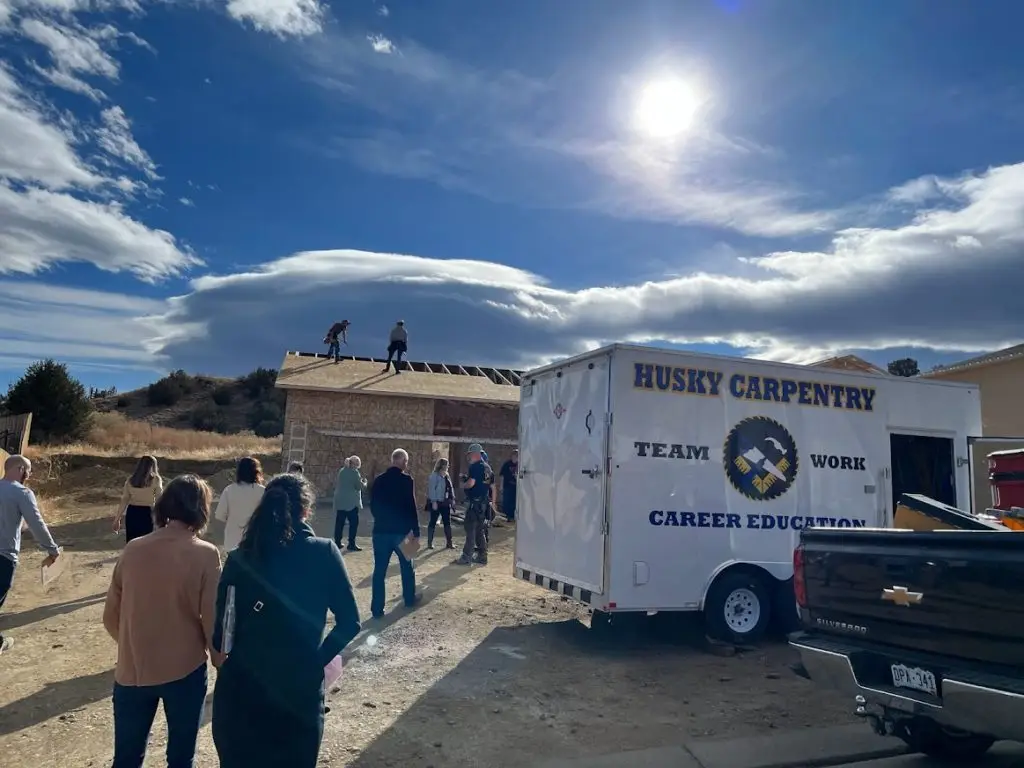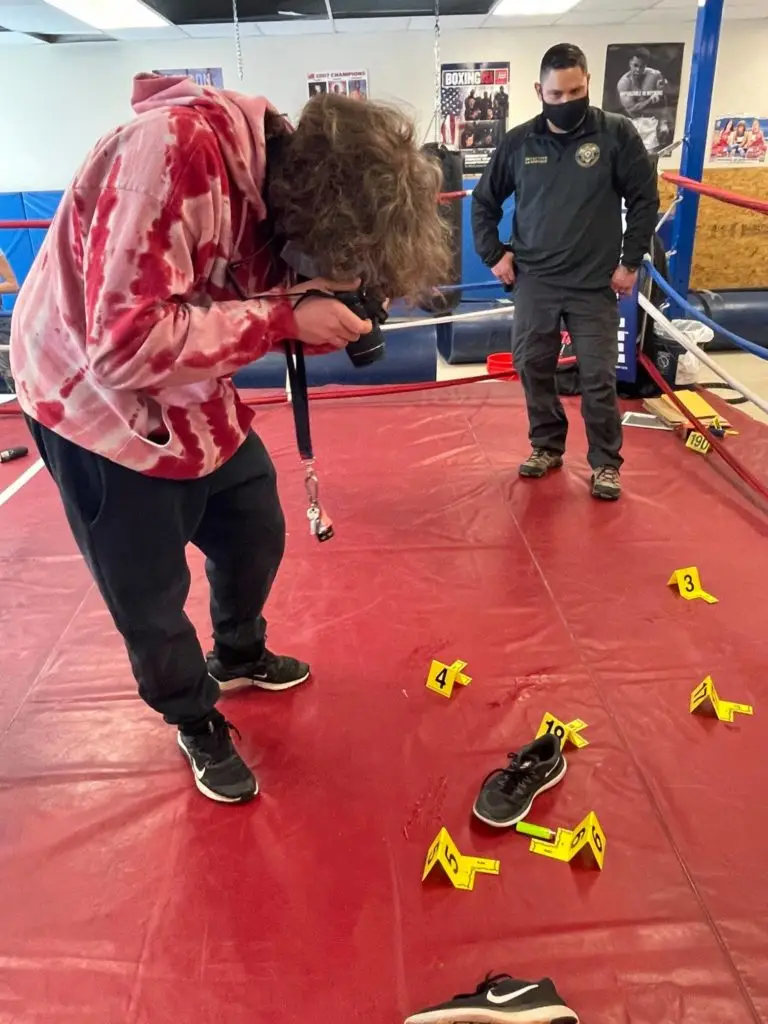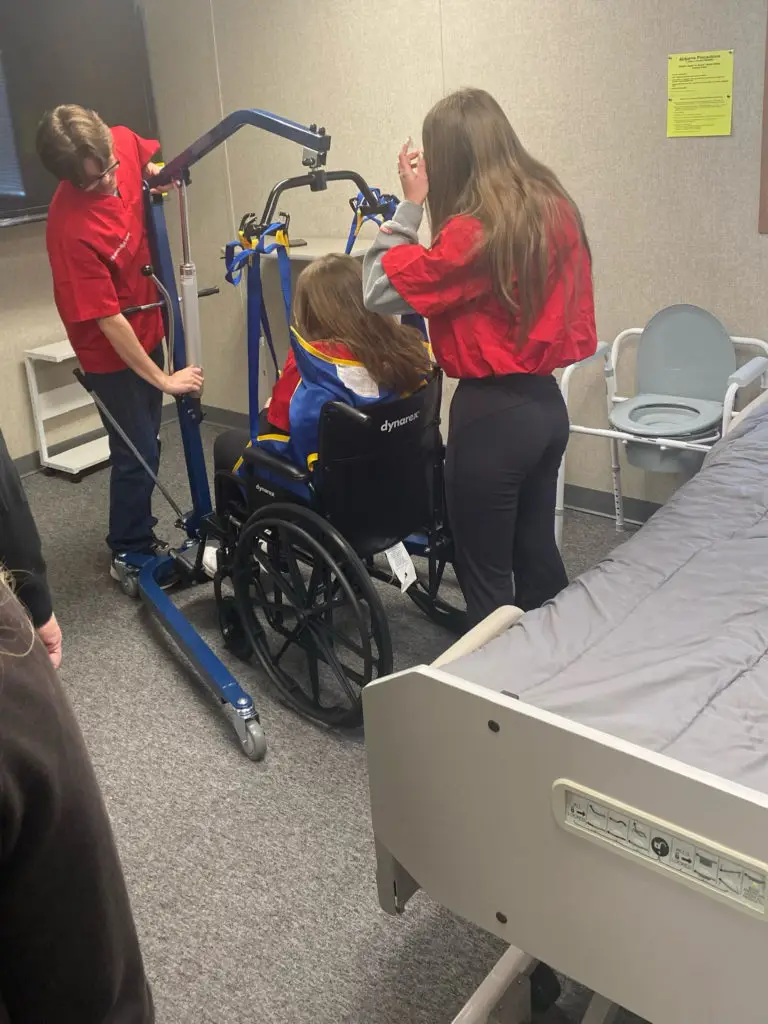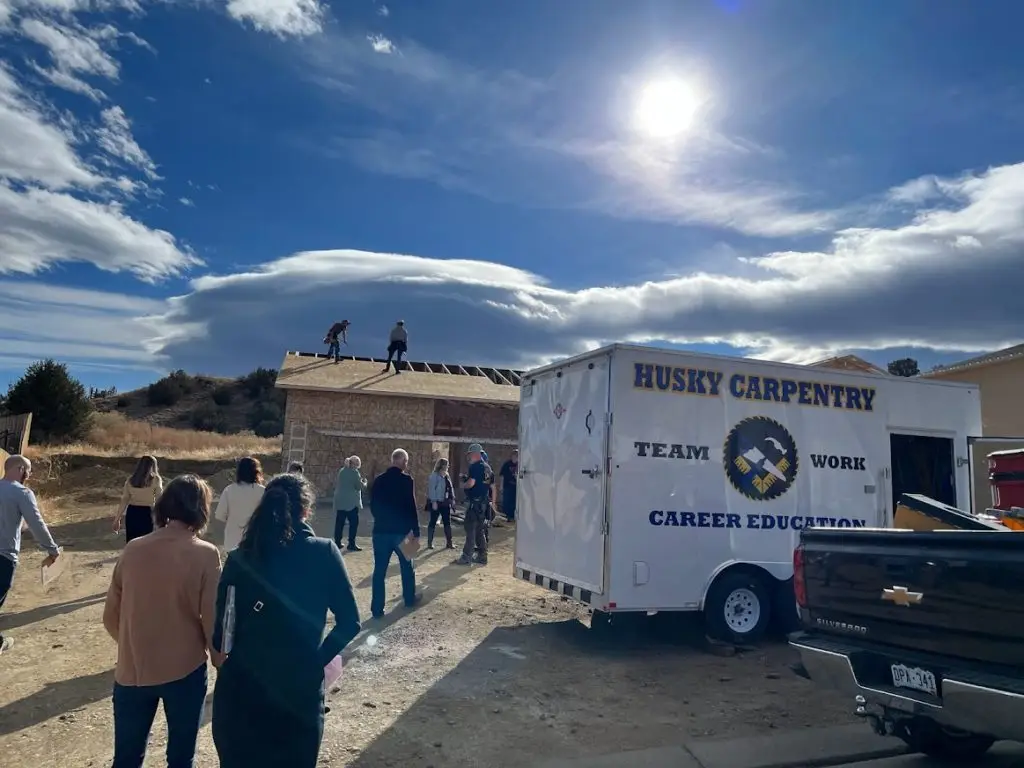If there ever was a time for our schools to embrace career-relevant learning, it is now.
With the future of the U.S. economy increasingly unclear, the idea of college as the ticket to financial stability dimming, and the pandemic shining a light on persistent social inequity, it is unsurprising that parents and students want high school to be more engaging, meaningful, and relevant to their professional futures.
Policymakers and educational leaders have heard these calls. As a result, interest and funding for career pathways programs, work-based learning initiatives, and new innovation campuses are on the rise. These opportunities help students explore how their passions can translate into a career, learn directly from industry professionals, and gain on-the-job training and certifications while also making real money. Yet they are still far more exception than rule.
Even in Colorado, a state at the forefront of innovative career-connected learning policy, making fundamental change is still an uphill battle. CRPE has spent the last three years working with the Homegrown Talent Initiative (HTI) and its eight participating districts as they reimagine how their systems can help develop students’ skills and passions in alignment with the needs of their local communities. In summer 2021, we explained how even in the midst of the pandemic, HTI district leaders redefined student graduation requirements, designed new courses, integrated career exploration into existing classes, and created new internships with local industry and dual enrollment in local colleges. Together, these changes reflect how serious these districts are about career-connected learning. One administrator reflected, “The Homegrown Talent Initiative is our work. It’s not an extra thing. It’s not a program. It’s our work.”
Yet, in recent interviews, HTI district leaders made it clear that Colorado’s career education policies need a new kind of policy infrastructure to succeed permanently. Here is what we learned:
Short-term funding strategies undermine long-term transformation efforts
HTI district leaders said short grant cycles and limited funding for career-focused education make systemic change difficult. “Over the years, the state has tried to give ‘shots-in-the-arms’ of rural money for two years,” said one superintendent. “It’s hard to build and sustain any type of adjustments to programs or personnel when you know that money is not going to be there long-term.”
Another administrator said it feels like districts are constantly reacting to inconsistent state-level policies. “If there could be some commitment or reassurance that these policies are here to stay, that they aren’t political, that they can’t be swayed depending on who’s coming in …I think that would be a huge thing,” the administrator said.
Leaders noted that it takes years to change practices in this area of education. HTI was a privately funded program initially set up to provide districts with only three years of financial support, technical assistance, and network-building opportunities. While most leaders said they appreciated the resources they received, they also hoped that the program would be extended. As of summer 2022, that wish has been granted: The Colorado Department of Education has now allocated funds to more than 50 rural districts – including almost all of those in HTI – to further support career-relevant education.

Seat time requirements are still too strict
Many of the district leaders support Colorado’s forward-thinking policies on post-secondary and workforce education. But they also said instructional time requirements continue to keep many students from pursuing valuable work-based learning opportunities.
Colorado mandates that schools must offer 1,080 hours of “teacher-pupil instruction and teacher-pupil contact during the school year for secondary school pupils in high school, middle school, or junior high school.” Under this rule, schools cannot allow students to engage in internships, apprenticeships, or other off-campus learning experiences during the school day without risking a loss of funding. While there are mechanisms for schools to integrate “work-based learning” periods into student schedules, these are of limited use in rural communities, where students might need to commute long distances to a workplace and return to school in the span of one or two 50-minute blocks.
One administrator put it bluntly, saying that “to meet the needs of kids, [funding] can’t be calculated in a strict formula of everybody sitting in [class] seven periods a day. We need some flexibility.”
Nationally, strict seat time requirements for schools are still ubiquitous, though the pandemic prompted more states to seriously consider other ways to measure student attendance and engagement in learning.
Colorado has taken steps to address this issue. In 2019, the state approved the Innovative Learning Opportunities Pilot (ILOP) program, which allowed a small group of districts to count their high school students’ out-of-school work-based learning time in place of in-school instructional hours. The program has been expanded to include nearly 40 districts or charter schools. In a state with 178 school districts, this is promising, though far from a systemic shift. These efforts raise a simple question: If legislators can create exemptions from state laws, why not simply change the laws?


Districts need more money and support to launch new programs
District leaders said the support and policy assistance from HTI helped them take advantage of existing flexibilities and advocate for career-connected learning opportunities at the state level. “We couldn’t have been successful if we didn’t have our partners with Colorado Succeeds and Colorado Education Initiative,” a district administrator reflected. “When we had questions, they pointed us in the right direction. They kept us on track.”
The ability for HTI to provide this unique support was enabled by the initiative’s structure. HTI is co-led by two nonprofits with different but complementary missions. Colorado Education Initiative supports innovation and system-wide change in schools and districts, while Colorado Succeeds advocates for state policies and programs that support career-relevant learning. Together, these organizations coached districts on how to creatively employ state flexibilities around seat-time requirements and also take advantage of new funding opportunities, such as the Career Development Incentive Program, which provides schools with additional funding when students earn workforce certifications. The groups also helped districts advocate for career-relevant education. For example, many HTI district leaders championed more state funding for career learning initiatives, which helped spur the state board of education to allocate $15 million in federal relief funds for such programs in 2022. Most of the HTI districts received additional funding through the Rural CoAction grant.
New legislation may not have a big impact on many students’ access to career-relevant learning opportunities without a suite of additional supports for districts. But as those develop, states can take Colorado’s lead by expanding waivers from seat-time requirements and also supporting additional grant funding to help more districts experiment with career-connected learning initiatives. Districts need to know that states are committed to these efforts. And intermediary groups like HTI can help districts with the logistics – and new contacts – necessary to launch and maintain such programs. If policymakers are serious about prioritizing career-relevant learning, they need to make substantive changes to laws and give districts the time, resources, and external guidance they need.





